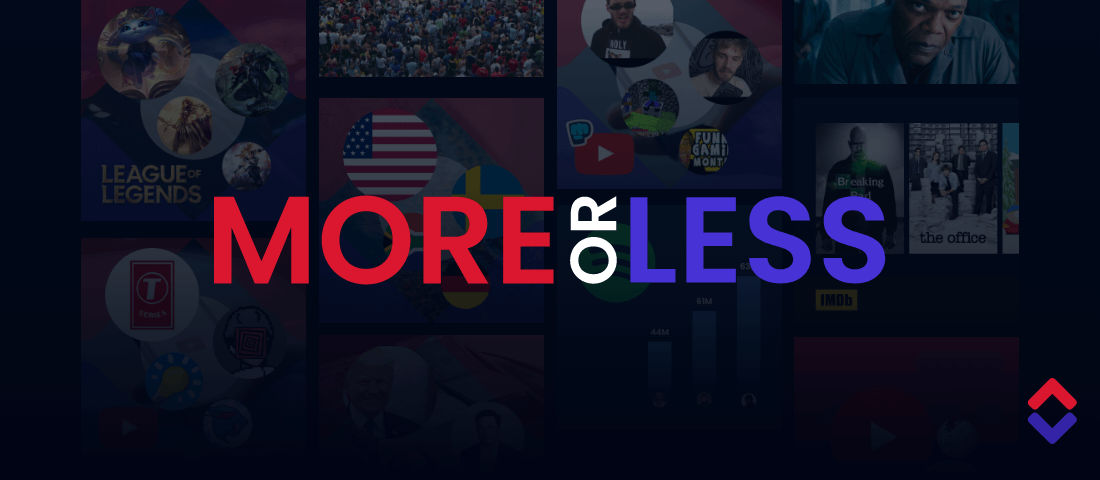Category: Scalable Systems
Secure Code, Fast Delivery: The Power of DevSecOps
In today’s fast-paced digital world, security breaches are more than just a risk; they’re almost a guarantee if you don’t stay ahead. Imagine being able to develop software at lightning speed without compromising on security. Sounds like a dream, right? Welcome to the world of DevSecOps! If you’re curious about how you can seamlessly integrate…

Die Meere der Systemtechnik navigieren: Eine Reise durch die Bereitstellung einer Aktien-Webanwendung in der Cloud
Auf zu neuen Ufern: Einleitung Die Cloud-Computing-Technologie hat die Art und Weise, wie Unternehmen Anwendungen entwickeln, bereitstellen und skalieren, revolutioniert. In diesem Beitrag, der im Rahmen der Vorlesung “143101a System Engineering und Management” entstanden ist, werden wir uns darauf konzentrieren, wie eine bereits bestehende Webanwendung zur Visualisierung und Filterung von Aktienkennzahlen auf der IBM Cloud-Infrastruktur…
Combining zerolog & Loki
Publish zerolog events to Loki in just a few lines of code.
Entwickeln einer Edge-Anwendung mit Cloudflare
Einleitung Englisch spielt eine große Rolle in meinem Beruf und Alltag, doch immer noch passieren mir Grammatikfehler. Um meine Englischkenntnisse zu verbessern, habe ich eine kleine Webseite entwickelt, auf der das Schreiben von englischen Sätzen geübt werden kann. Dem Nutzer wird ein Satz präsentiert, der dann in die festgelegte Sprache übersetzt werden muss. Satzteile, die…

Guess What? We Built a Web Game with Firebase
What is more or less? “More or Less” is a guessing game where you guess which item has a higher value for a specific attribute. For example, in the “Commit Clash: Which GitHub repo has more commits?” mode, you see one GitHub repository’s commit count and another repository. You have to decide if the repository…
 Allgemein, Cloud Technologies, Databases, System Architecture, System Designs, Teaching and Learning, Web Performance
Allgemein, Cloud Technologies, Databases, System Architecture, System Designs, Teaching and Learning, Web PerformanceCost-Efficient Server Structure: Merging Static and Dynamic API
While developing our guessing game, “More or Less”, we found a method to significantly reduce traffic on our serverless API, leading to cost savings and an improved content creation experience. The Problem In our game, players can contribute their own game modes, using the web editor. Additionally, we develop game modes ourselves to guarantee high-quality…
 Allgemein, Cloud Technologies, Databases, Scalable Systems, System Architecture, System Designs, Teaching and Learning, Web Performance
Allgemein, Cloud Technologies, Databases, Scalable Systems, System Architecture, System Designs, Teaching and Learning, Web PerformanceOptimizing List Views: Structuring Data Efficiently in Firestore
While developing our guessing game “More or Less”, we encountered a common challenge many developers face: determining the structure of our data model. Challenge 1: List vs. Detailed View Many websites show an excerpt of their content in a list view. In our “More or Less” game, for example, we see a series of game…
Splid 2.0 – Die Zukunft des gemeinsamen Ausgabenmanagements
Im Rahmen der Vorlesung “Software Development for Cloud Computing” haben wir uns dafür entschieden, einen Klon der App Splid auf Basis unterschiedlicher Cloud Technologien als Web App zu entwickeln, um uns so die Grundkenntnisse des Cloud Computings anzueignen. Projektidee Bei gemeinsamen Aktivitäten und Gruppenausgaben ist es sehr hilfreich, einfache und effiziente Tools zu haben, um…
- Cloud Technologies, Design Patterns, Secure Systems, System Architecture, System Designs, System Engineering
High Availability and Reliability in Cloud Computing: Ensuring Seamless Operation Despite the Threat of Black Swan Events
Introduction Nowadays cloud computing has become the backbone of many businesses, offering unparalleled flexibility, scalability and cost-effectiveness. According to O’Reilly’s Cloud Adoption report from 2021, more than 90% of organizations rely on the cloud to run their critical applications and services [1]. High availability and reliability of cloud computing systems has never been more important, as…

Grids are Dead – or are they?
Huge datasets – not enough computing power. What to do? Don’t worry! The supercomputer concept Grid Computing is here to save you! With the rise of cloud computing, fewer companies decide upon using Grid Computing – and even less know what the latter really is or how it can be used. What’s behind this matter?…
